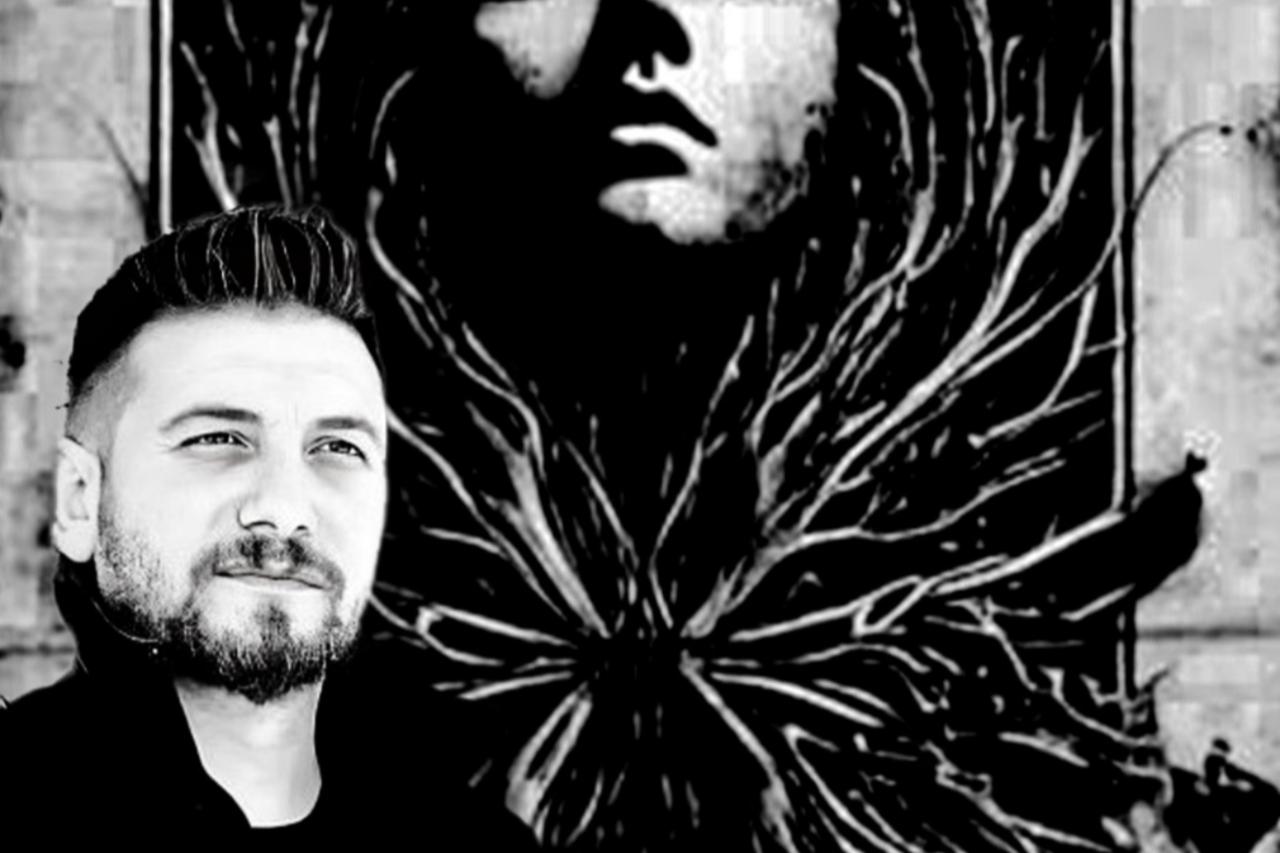
Turkish artist Vahap Aydogan, known for his distinctive approach to portraiture, invites viewers to look beyond appearances. His latest works, rooted in his native Mardin’s deep cultural memory, turn painting into a form of philosophical exploration rather than visual imitation.
For Aydogan, every brushstroke becomes an attempt to reach “the existential silence behind what is seen,” revealing the invisible layers of human experience.
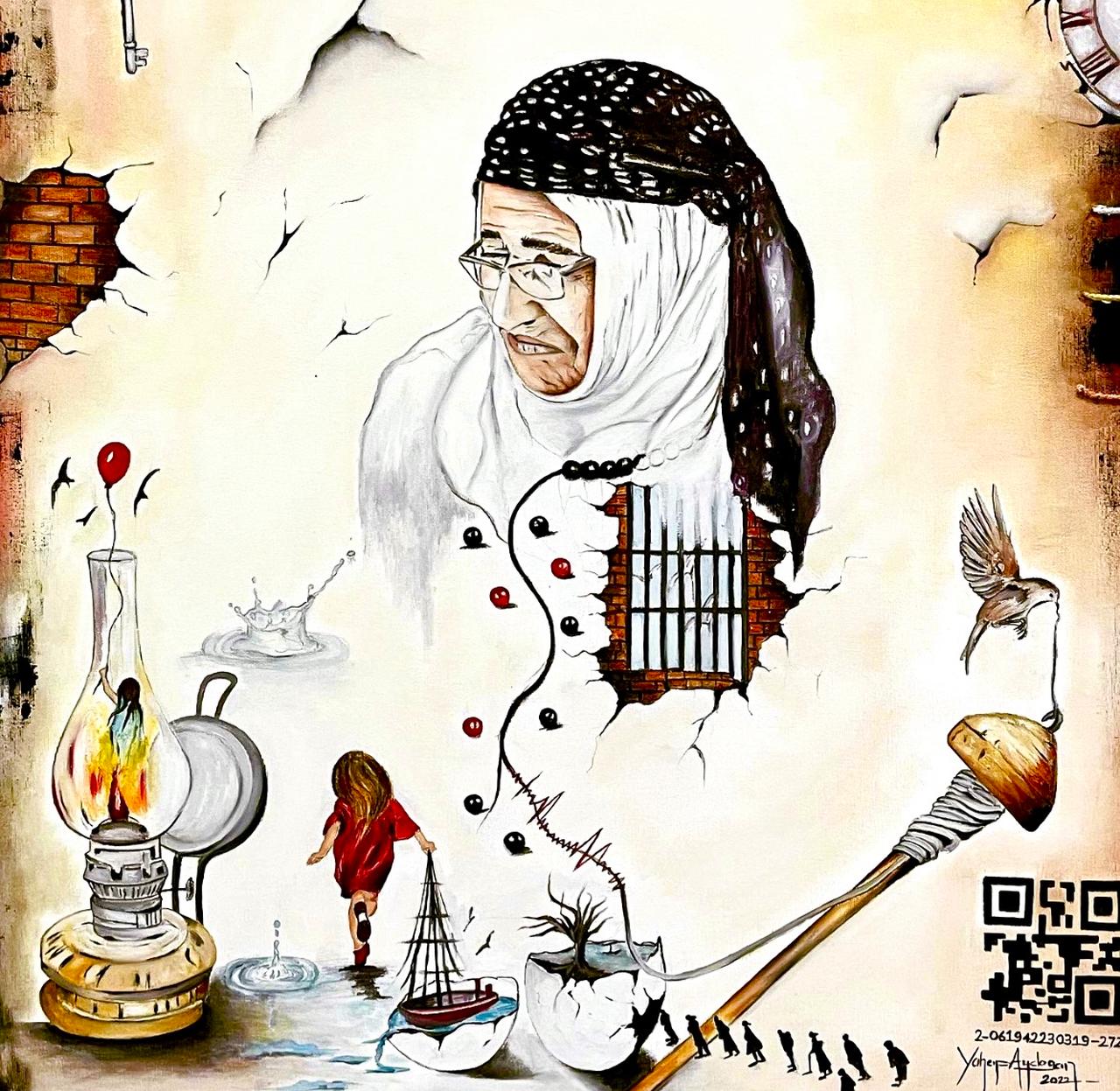
Aydogan describes painting as a journey into memory rather than an act of representation. “My brush is not a tool that shapes matter; it is an intuitive probe wandering through the depths of memory,” he explained.
The stones and soil of Mardin, a southeastern city of Türkiye famous for its terraced houses and layered history, provide both inspiration and emotional grounding. His art, he says, is an effort “to recall the voices that time has muted and make the unseen perceptible again.”
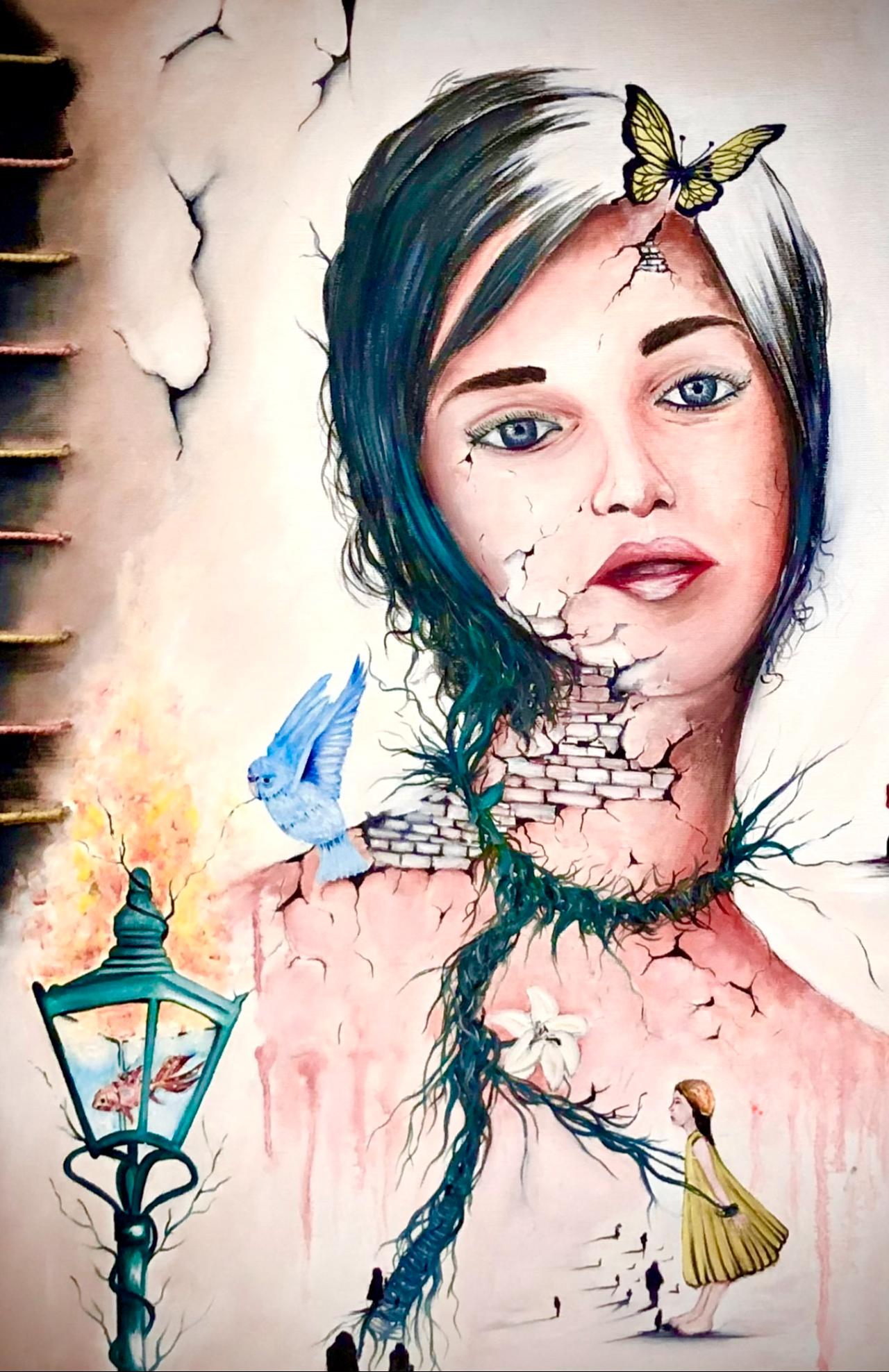
Aydogan defines his creative method as “surreal biography,” where each portrait represents not an external likeness but an inner journey. Before beginning a piece, he exchanges written reflections with his subjects—asking about childhood memories, dreams, and moments of silence.
He never discloses their responses, preferring to internalize them and translate them through intuition.
According to the artist, “a person is hidden more in their silences than in their words.” Each resulting portrait becomes, therefore, a mirror reflecting both an individual life and a universal, suppressed condition shared by all.
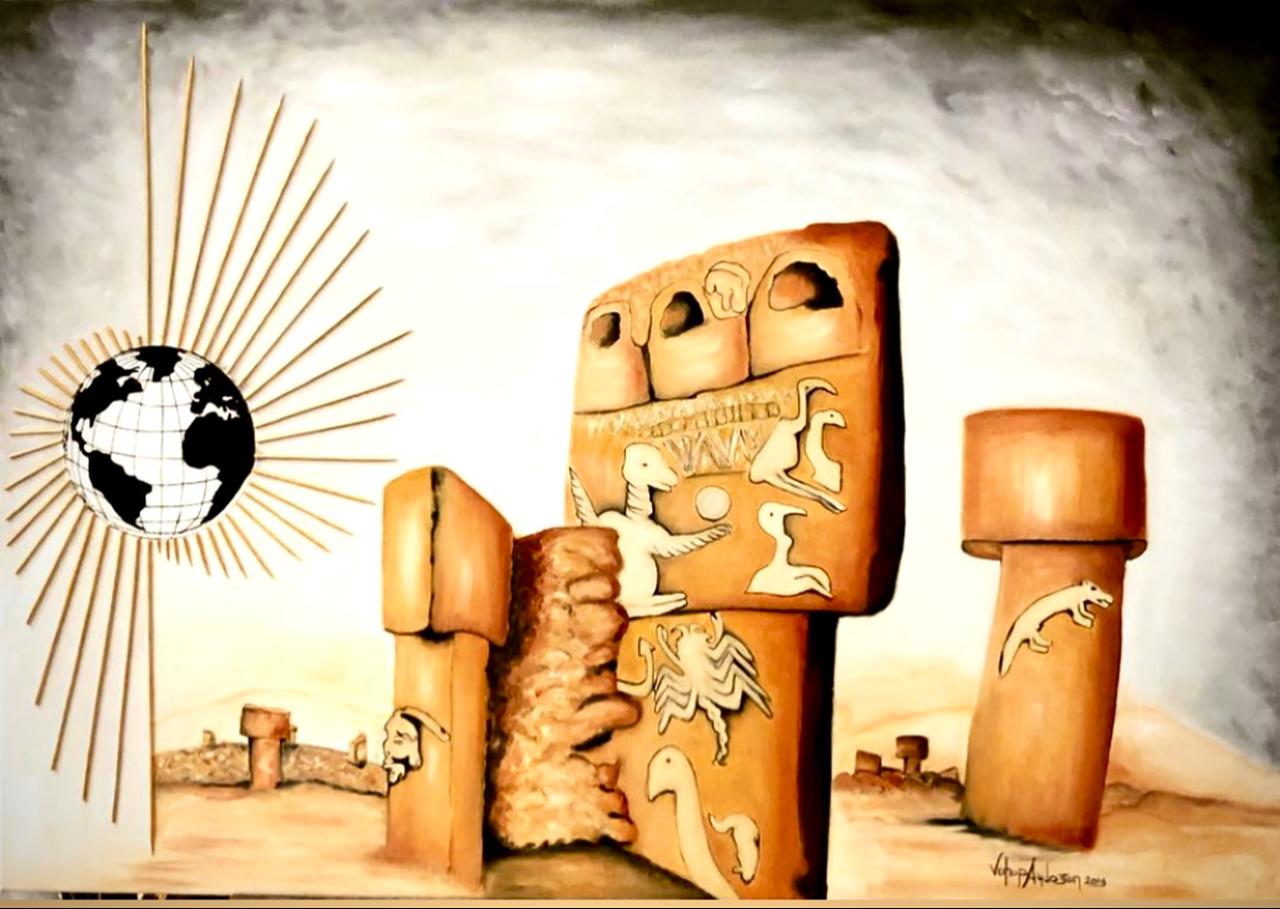
Natural materials such as stone, wood, and earth play a central role in Aydogan’s work. He sees them not as simple media but as vessels of memory.
“Stone remains silent, but it does not forget,” he noted.
“Earth is not merely color—it is a reminder of belonging and loss.” In his compositions, nature ceases to be background; it turns into a timeless, philosophical presence that converses with the past.
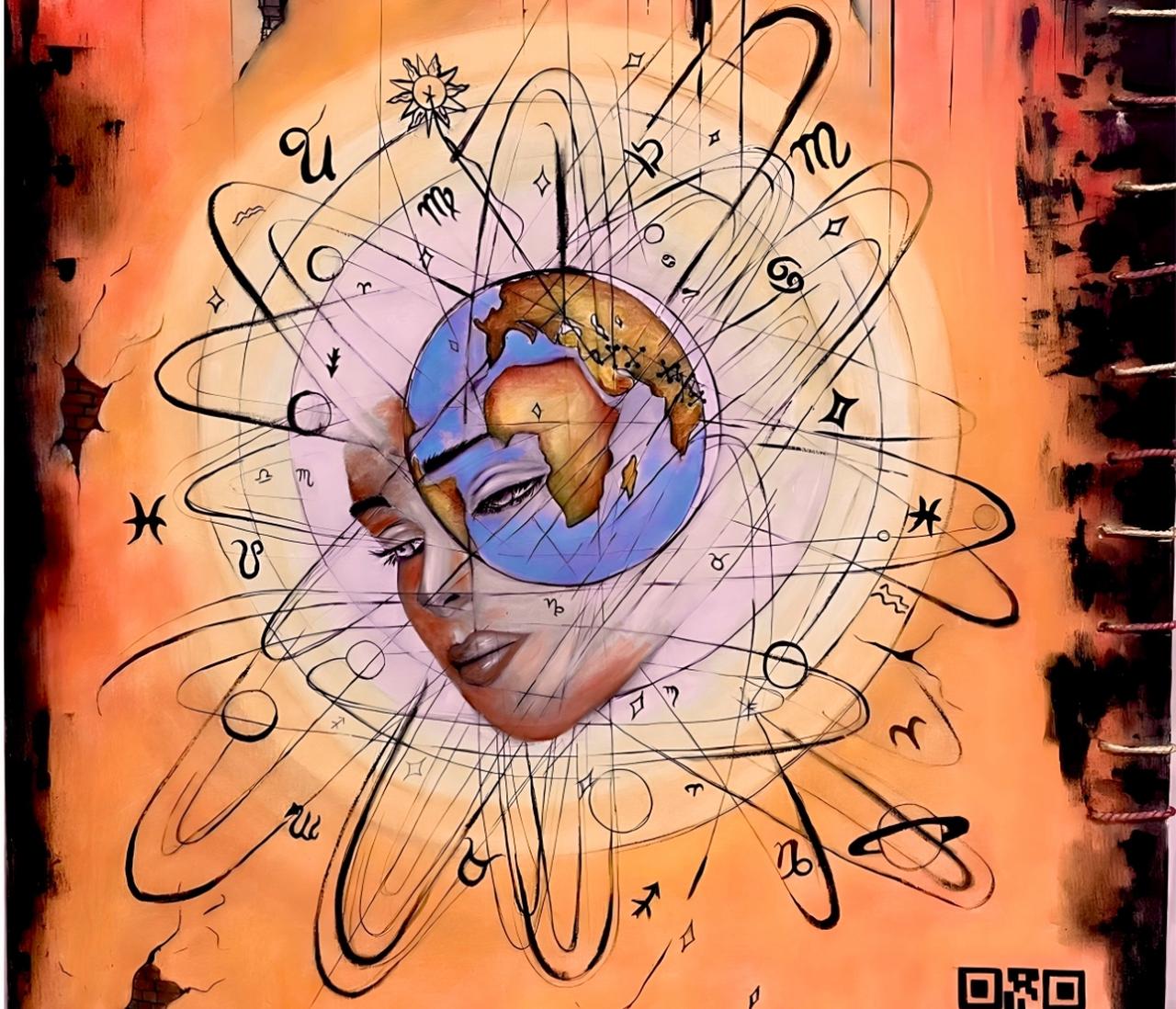
Aydogan’s canvases often evoke broader human struggles—war, displacement, identity, and ecological loss—without overt depiction.
He believes truth often speaks in whispers rather than in noise. Through symbols and layered meanings, these experiences infiltrate his art subtly, making the viewer an active witness rather than a passive observer.
“To stand before one of my paintings is not to look outward but inward,” Aydogan said. “Each work is a mirror asking the viewer to face what they conceal.”